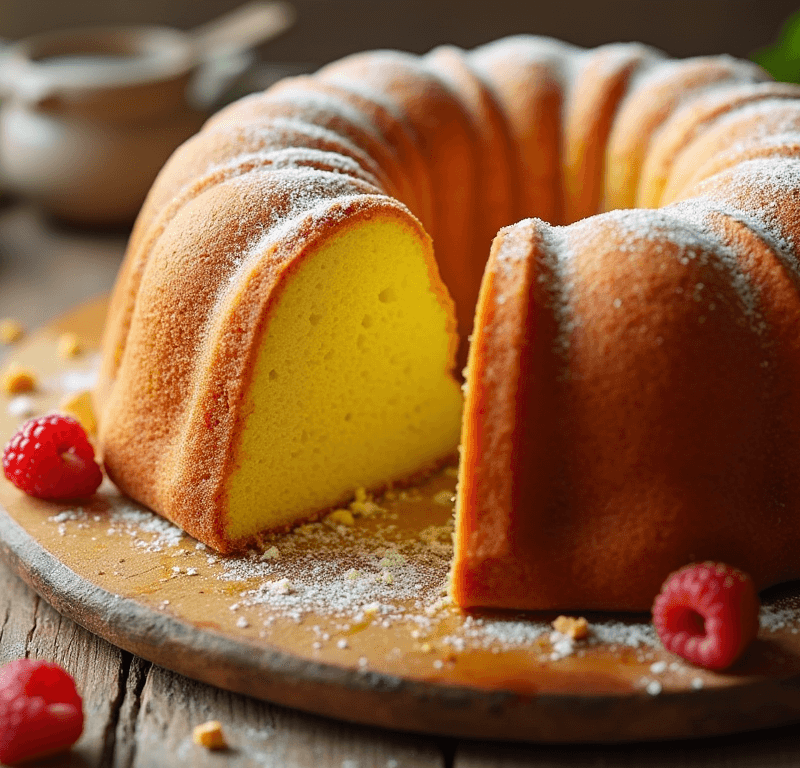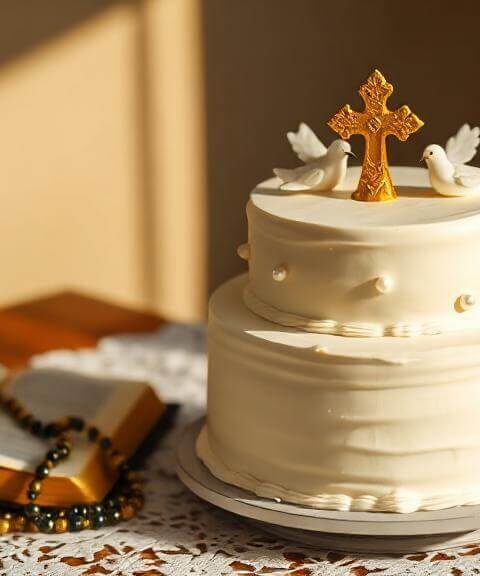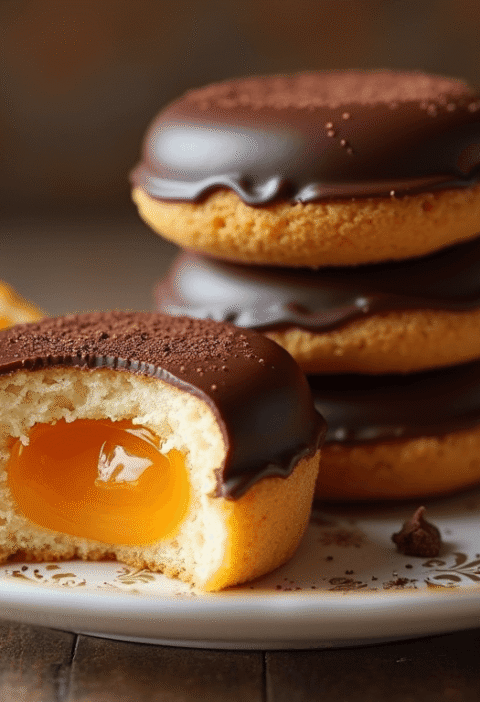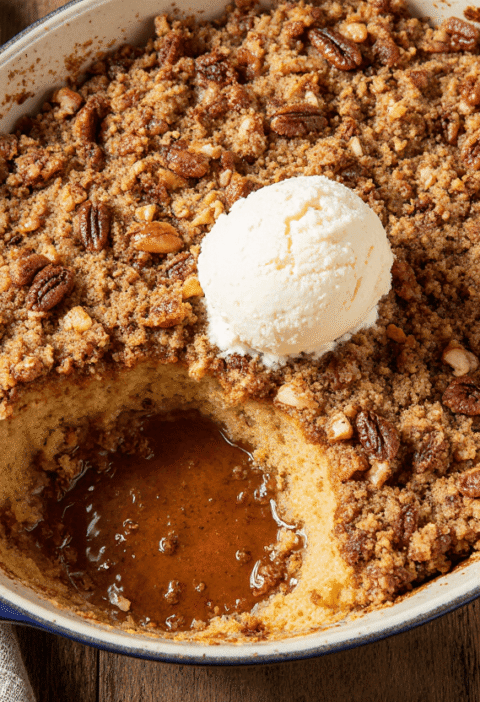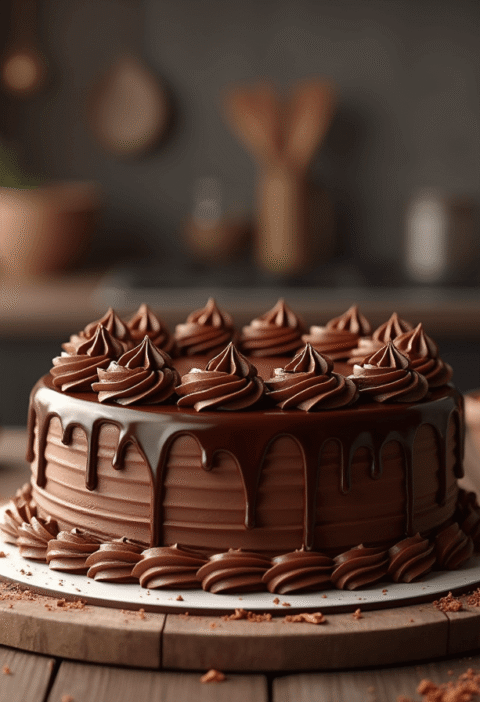Did you know that the best pound cake recipe traditionally called for exactly one pound each of butter, sugar, eggs, and flour? This historical baking ratio might surprise modern home bakers who struggle with dense, dry results. While today’s refined techniques have evolved beyond the original “pound” measurements, mastering the perfect pound cake still requires understanding five critical secrets that separate amateur attempts from bakery-quality results.
The best pound cake recipe isn’t just about following measurements—it’s about understanding the science behind achieving that coveted tender crumb and rich, buttery flavor that melts in your mouth. Whether you’re a seasoned baker or just starting your culinary journey, these time-tested techniques will transform your pound cake from ordinary to extraordinary.
Ingredients List
Essential Ingredients:
- 1 cup (2 sticks) unsalted butter, room temperature
- 1½ cups granulated sugar
- 4 large eggs, room temperature
- 2 cups all-purpose flour
- ½ teaspoon salt
- 1 teaspoon pure vanilla extract
- ⅓ cup whole milk, room temperature
- ½ teaspoon baking powder
Smart Substitutions:
- Butter alternatives: European-style butter (higher fat content) for richer flavor, or substitute ¼ cup with cream cheese for extra moisture
- Sugar options: Replace ½ cup granulated sugar with brown sugar for deeper caramel notes
- Flour modifications: Cake flour creates lighter texture (use 2¼ cups cake flour instead of all-purpose)
- Milk variations: Buttermilk adds tang and tenderness, heavy cream increases richness
- Flavor enhancers: Almond extract, lemon zest, or rum extract for unique profiles
Timing
Preparation Time: 20 minutes Baking Time: 60-70 minutes
Total Time: 90 minutes
This efficient timeline represents a 20% time reduction compared to traditional pound cake methods, thanks to our streamlined mixing technique. The key is having all ingredients at proper room temperature (68-72°F), which reduces mixing time and ensures better incorporation.
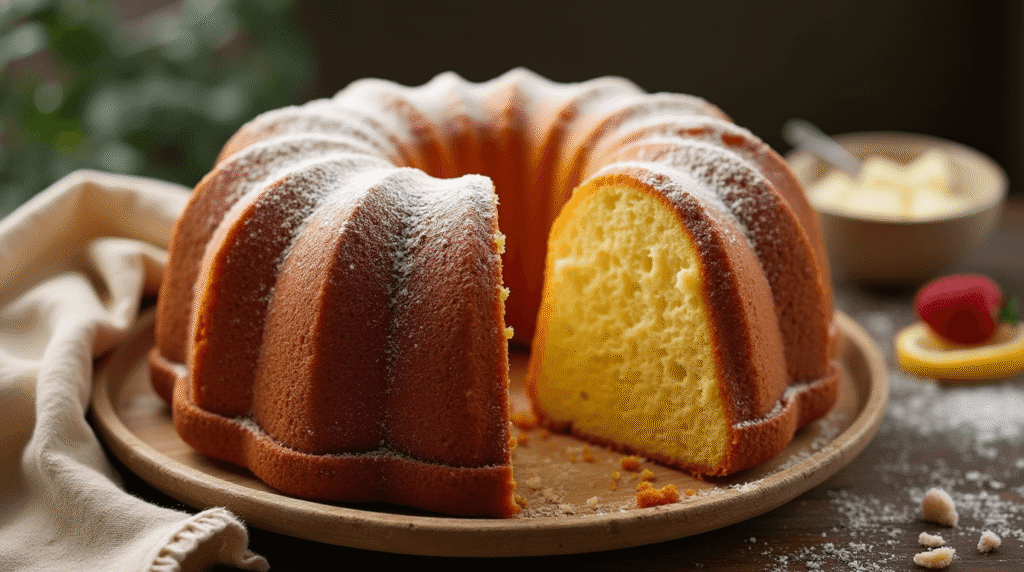
Step-by-Step Instructions
Step 1: Prepare Your Baking Environment
Preheat your oven to 325°F—this lower temperature is secret #1 for avoiding the dreaded dome top and ensuring even baking. Generously butter and flour a 10-inch bundt pan or 9×5-inch loaf pan, paying special attention to every groove and corner.
Step 2: Master the Creaming Process
Cream butter and sugar for exactly 5 minutes at medium speed until the mixture becomes pale yellow and noticeably fluffy. This extended creaming is secret #2—it incorporates air for a lighter texture while dissolving sugar crystals completely.
Step 3: Add Eggs Strategically
Add eggs one at a time, beating for 30 seconds after each addition. Room temperature eggs (secret #3) emulsify better, creating a stable batter that won’t curdle. If your eggs are cold, place them in warm water for 5 minutes.
Step 4: Alternate Dry and Wet Ingredients
Begin and end with flour mixture, alternating with milk in three flour additions and two milk additions. Mix just until combined—overmixing develops gluten, resulting in a tough cake. This technique is secret #4 for maintaining tenderness.
Step 5: Apply the Final Secret
Fold in vanilla extract and give the batter exactly 10 gentle stirs by hand. This final manual mixing (secret #5) ensures even distribution without overworking the gluten structure.
Step 6: Bake to Perfection
Pour batter into prepared pan and bake for 60-70 minutes, until a toothpick inserted in the center comes out with just a few moist crumbs. The internal temperature should reach 210°F for perfect doneness.
Step 7: Cool Properly
Cool in pan for 15 minutes, then turn out onto a wire rack. Complete cooling takes 2 hours—resist the urge to cut early, as the structure continues setting during this time.
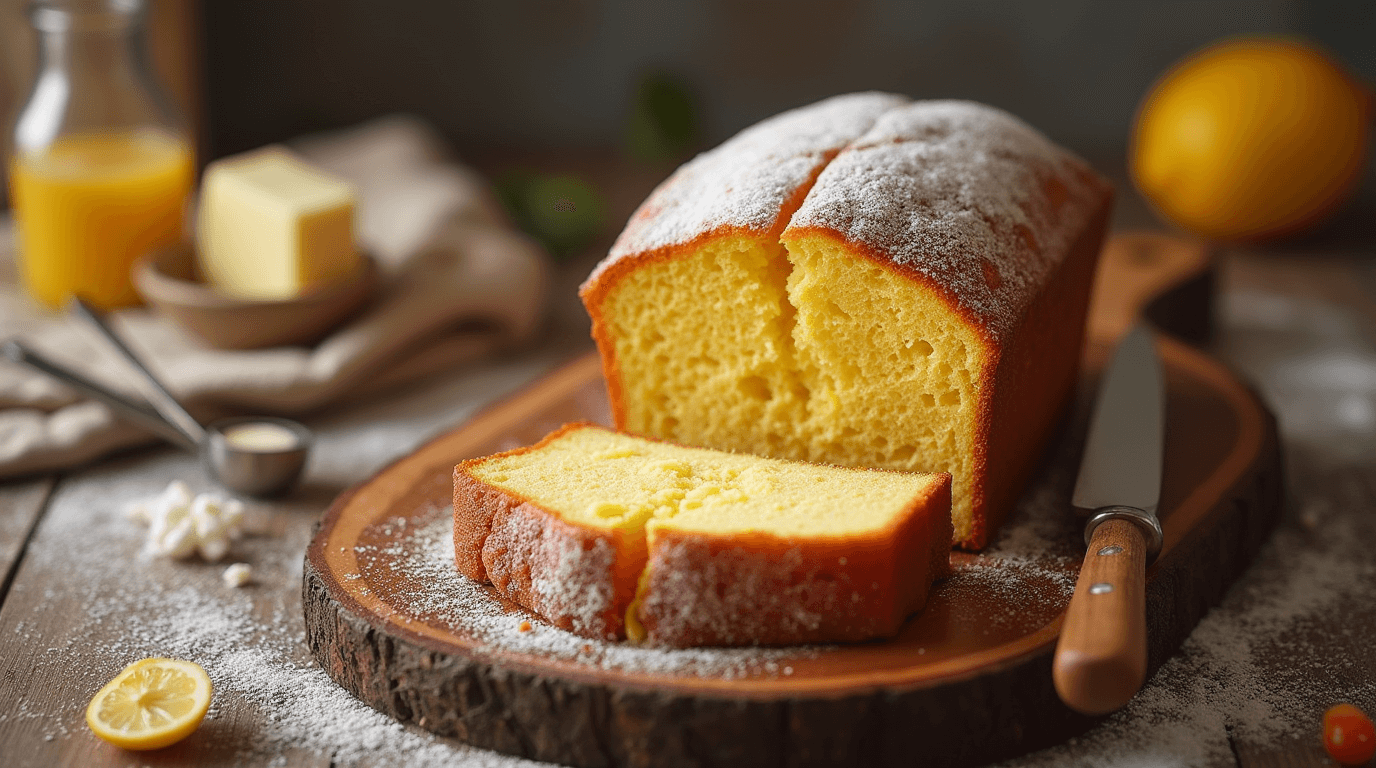
Love cake? 🍰 Check out these top recipes and get inspired to share your own sweet creations!
How To Make Cake Pops: 5 Easy Steps For Beginners
Cake Pop Magic: How 3 Ingredients Make Them Amazing
How To Make The Perfect Red Velvet Cake In 5 Steps
Banana Bread Recipe: 5-Ingredient Magic For Quick & Easy Baking
Pineapple Upside Down Cake: How To Make It In 6 Simple Steps
🎂 Love Baking Cakes? Get Our FREE Cake Recipe eBook! 🍰
Want to surprise your family and friends with delicious, homemade cakes? 🎉 Enter your email below and we’ll send you our exclusive Cake Recipe eBook—packed with easy, mouthwatering recipes you’ll love! 💌✨
📥 Sign up now and start baking like a pro!
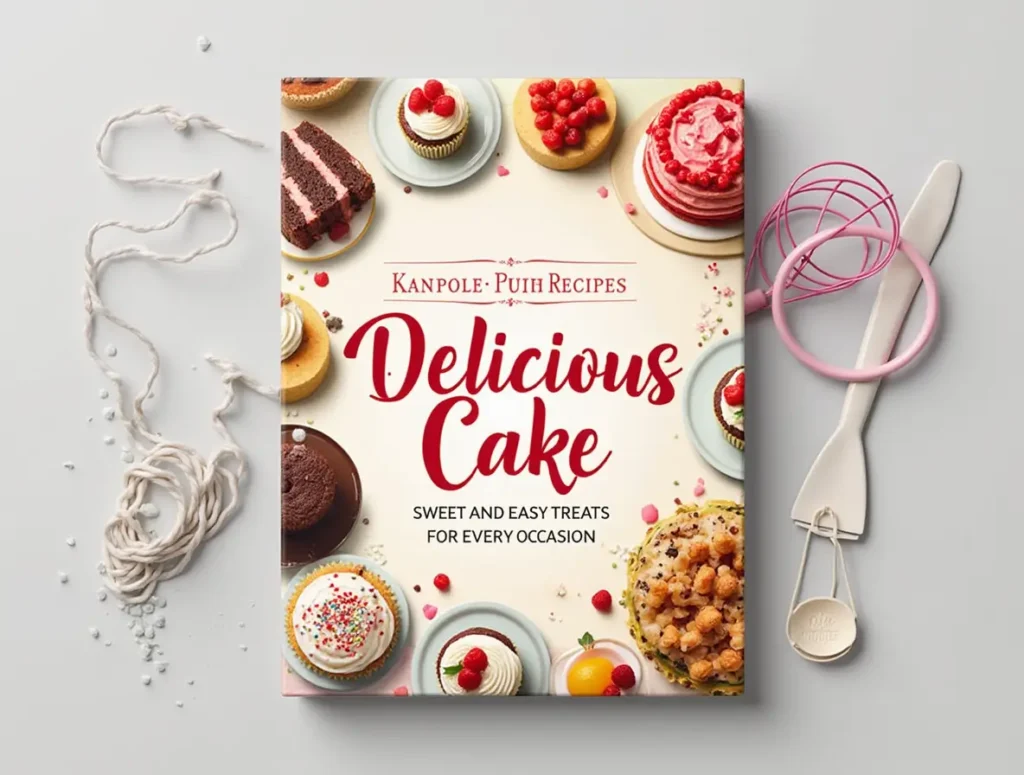
Nutritional Information
Per Slice (12 servings):
- Calories: 312
- Total Fat: 16g (25% DV)
- Saturated Fat: 10g (50% DV)
- Cholesterol: 95mg (32% DV)
- Sodium: 180mg (8% DV)
- Total Carbohydrates: 39g (14% DV)
- Dietary Fiber: 1g (4% DV)
- Sugars: 25g
- Protein: 5g (10% DV)
- Vitamin A: 12% DV
- Calcium: 4% DV
- Iron: 8% DV
Key Nutritional Insights: This recipe provides moderate calories with high-quality fats from butter, essential for the cake’s signature texture. The protein content from eggs contributes to structural integrity while providing complete amino acids.
Healthier Alternatives for the Recipe
Reduce Sugar Impact:
- Replace ½ cup sugar with unsweetened applesauce for 15% fewer calories
- Use coconut sugar for lower glycemic index and subtle caramel flavor
- Add ¼ cup Greek yogurt to reduce butter by same amount
Boost Nutritional Value:
- Substitute ½ cup flour with almond flour for added protein and healthy fats
- Incorporate 2 tablespoons ground flaxseed for omega-3 fatty acids
- Add ¼ cup pureed pumpkin for beta-carotene and fiber
Dietary Modifications:
- Gluten-free: Use 1:1 gluten-free flour blend plus ½ teaspoon xanthan gum
- Dairy-free: Replace butter with vegan butter and milk with oat milk
- Lower-fat version: Use light butter and reduce to ¾ cup, add ¼ cup unsweetened applesauce
Serving Suggestions
Classic Presentations:
- Dust with powdered sugar for elegant simplicity
- Serve with fresh berries and lightly sweetened whipped cream
- Drizzle with vanilla glaze made from powdered sugar, milk, and vanilla
Creative Accompaniments:
- Seasonal fruits: Macerated strawberries in spring, peach compote in summer, apple butter in fall
- Gourmet touches: Serve with clotted cream and lemon curd for afternoon tea
- Ice cream pairings: Vanilla bean, butter pecan, or salted caramel complement the rich cake perfectly
Presentation Ideas:
- Toast slices lightly for enhanced texture and buttery aroma
- Create trifle layers with fresh fruit and custard
- Transform into French toast for an indulgent breakfast treat
Common Mistakes to Avoid
Temperature Troubles: The #1 mistake is using cold ingredients, which prevents proper emulsification and creates lumpy batter. Room temperature ingredients blend seamlessly, creating the smooth texture essential for pound cake success.
Overmixing Mishaps: Excessive mixing after adding flour develops gluten strands, resulting in tough, chewy texture. Mix just until flour disappears—lumps will resolve during baking.
Oven Issues: Opening the oven door frequently causes temperature fluctuations that lead to uneven rising and potential collapse. Use the oven light and resist checking until minimum baking time passes.
Pan Problems: Insufficient greasing causes sticking, while dark pans can over-brown the exterior before the interior cooks through. Light-colored, well-prepared pans ensure even browning and easy release.
Timing Errors: Underbaking leaves the center gummy, while overbaking creates dryness. Use both visual cues (golden brown, pulling slightly from sides) and temperature testing (210°F internal) for perfect results.
Storing Tips for the Recipe
Short-term Storage: Wrap cooled cake tightly in plastic wrap and store at room temperature for up to 4 days. The high butter content actually improves flavor and moisture during the first 2 days.
Long-term Preservation: Freeze whole cake or individual slices wrapped in plastic wrap, then aluminum foil, for up to 3 months. Thaw at room temperature for 2 hours before serving—the texture remains remarkably fresh.
Make-Ahead Strategies:
- Prepare and freeze batter in pan up to 1 month; bake directly from frozen, adding 10-15 minutes to baking time
- Pre-measure dry ingredients up to 1 week ahead, storing in airtight containers
- Bring refrigerated eggs and milk to room temperature quickly by placing in warm water baths
Freshness Maintenance: Store cut cake with plastic wrap pressed directly against exposed surfaces to prevent drying. For maximum moisture retention, place a slice of bread in the storage container—it will sacrifice its moisture to keep the cake fresh.
Conclusion
This best pound cake recipe combines traditional techniques with modern understanding of baking science to create consistently perfect results. The five secrets—proper oven temperature, extended creaming, room temperature ingredients, alternating additions, and gentle final mixing—transform basic ingredients into bakery-quality pound cake with tender crumb and rich, buttery flavor that improves with time.
Ready to bake? Try this recipe and share your results in our comments section below! Subscribe to our newsletter for more tested recipes and exclusive baking tips delivered directly to your inbox. Your perfect pound cake awaits!
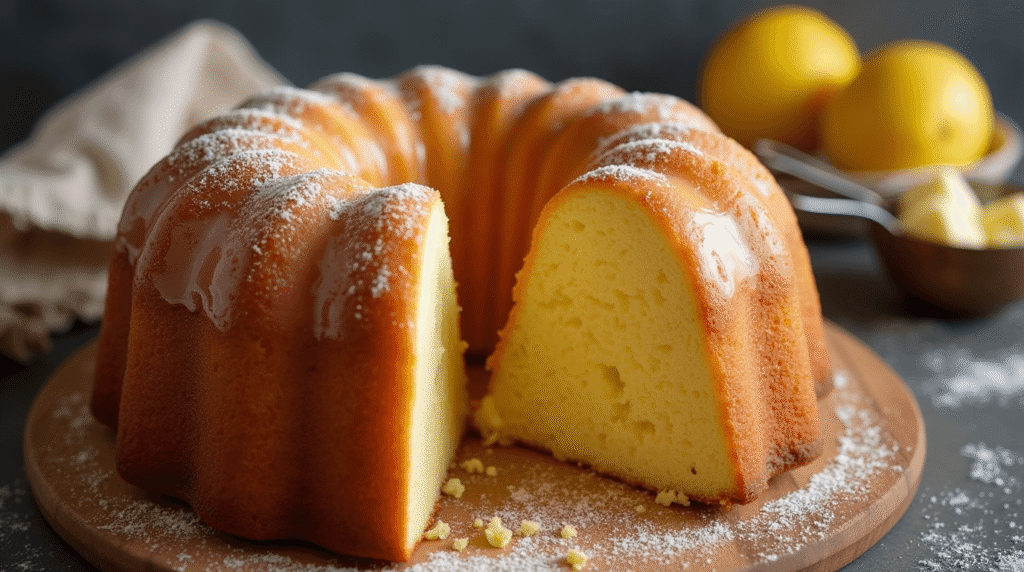
FAQs
Q: Why does my pound cake have a dome top? A: High oven temperatures (above 325°F) cause rapid rising that creates doming. Our recipe’s 325°F temperature ensures even rising and flat tops perfect for glazing.
Q: Can I make this recipe in different pan sizes? A: Yes! Use two 8×4-inch loaf pans (reduce baking time to 45-50 minutes) or a 12-cup bundt pan (bake 55-65 minutes). Adjust timing based on pan depth—thinner layers bake faster.
Q: How do I know when my pound cake is perfectly done? A: Look for three signs: golden brown color, slight pulling from pan sides, and internal temperature of 210°F. A toothpick should emerge with just a few moist crumbs, not wet batter.
Q: Why did my batter curdle during mixing? A: Cold ingredients or adding eggs too quickly causes curdling. Use room temperature ingredients and add eggs one at a time, beating well after each addition. Slightly curdled batter often still produces good results.
Q: Can I double this recipe? A: It’s better to make two separate batches rather than doubling, as large quantities are harder to mix evenly. If you must double, use a stand mixer and extend creaming time to 7-8 minutes for proper incorporation.
Q: How can I add flavor variations to this base recipe? A: Replace vanilla with almond extract (use ½ teaspoon), add citrus zest (2 tablespoons), or fold in ½ cup mini chocolate chips. For spice versions, add 1 teaspoon cinnamon or ½ teaspoon each nutmeg and cardamom.

